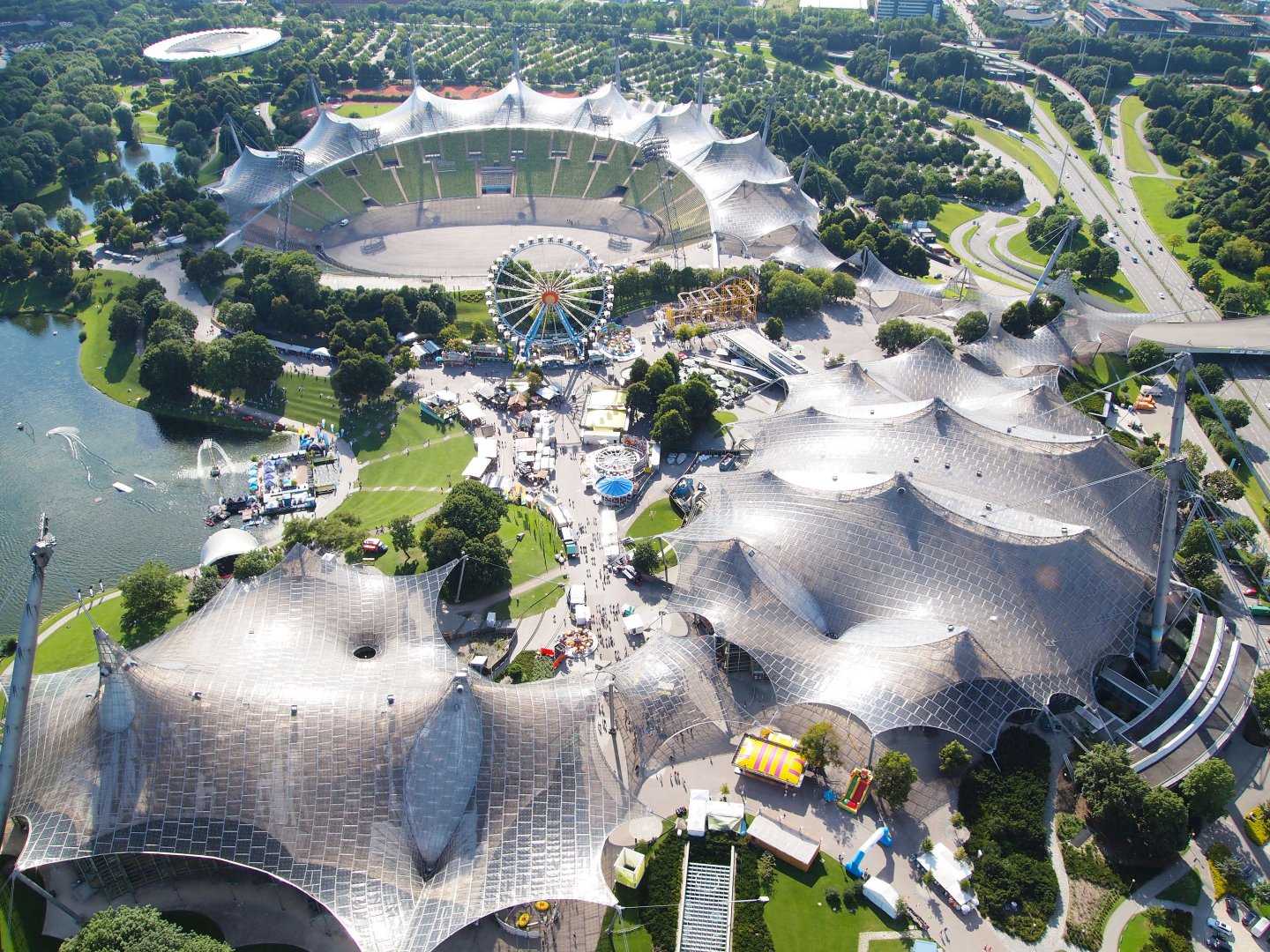
Temporary membrane cover of the glass roof of the Grand Palais, Paris
Please login to view abstract download link
During the summer of 2024, the Grand Palais hosted the events of fencing, wheelchair fencing, taekwondo, and para taekwondo, all held beneath the majestic glass roof of the large Nef. It was necessary to mitigate and control the light intensity, standardize contrasts, and protect the competition areas from direct sunlight. T/E/S/S and TAIYO Europe teamed up to respond to the consultation of the Paris 2024 Organizing Committee with a solution consisting of large-scale curved fabric panels. A custom technical approach was developed to respect the architectural unity of the Nef and the elegance of the historic structure. The chosen fabric and its installation allow the roof framework to cast shadows on the fabric, preserving the identity of the space while highlighting the heritage of the building. Due to the porosity of the glass roof and its constraints (natural ventilation, smoke evacuation) the wind behaviour was specifically studied to ensure its compatibility with the old steel structure. T/E/S/S ensured the verification of the compatibility of the structure, covering 17,000 m² of fabric, with the constraints of the Grand Palais: – Structure: Justification of the additional loads and their compatibility with the historic metal framework of the Nef, – Envelope: Analysis of the internal climate and temperature rises to ensure no risk of thermal breakage or overheating of the existing glazing, – Lighting and appearance under natural light: Quantitative analysis of lighting levels and light contrasts in compliance with the specifications, design of systems ensuring no direct light on the competition areas in strict adherence to the criteria set by media broadcasters, sporting federations, and the Architecture department of the Project Management team. The overall design and the development of the details were also conceived to allow for rapid assembly and disassembly of the elements at the conclusion of the events.

